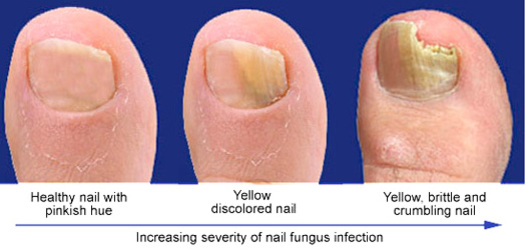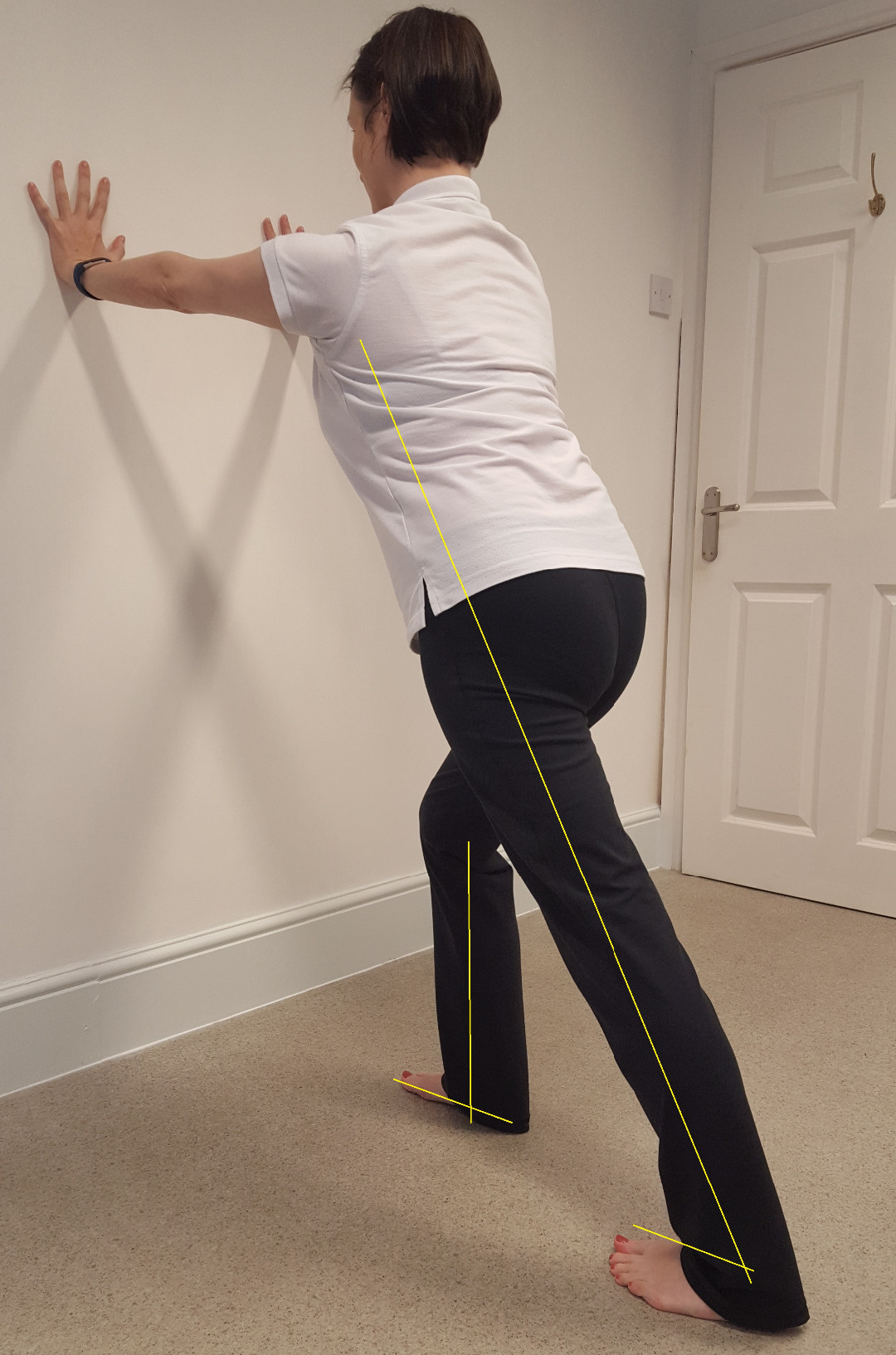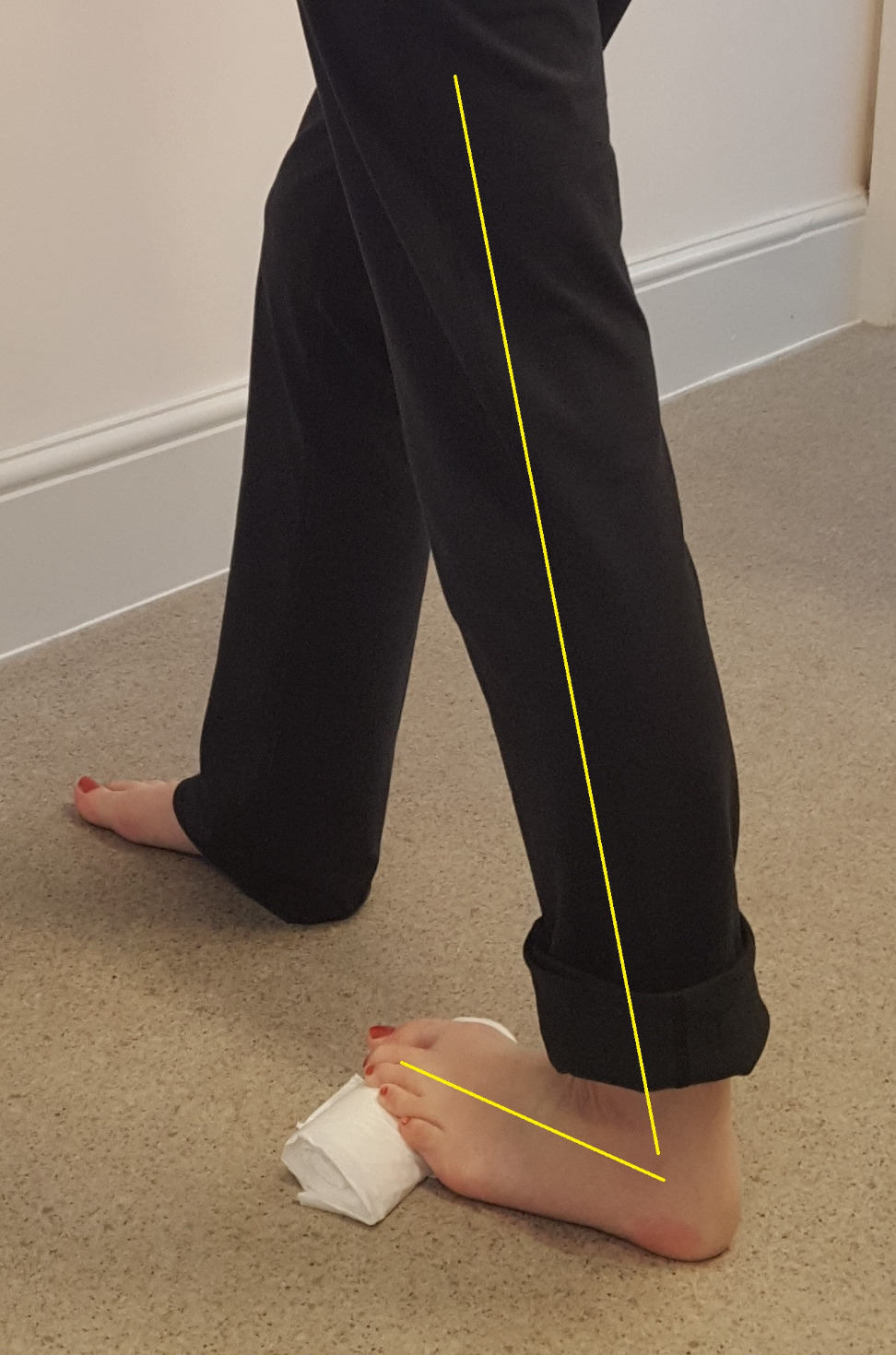How can I treat a Fungal Nail?
Posted on 28th June 2017 at 17:17
Topical treatments from the chemist can work well especially if the infection hasn't reached the base of the nail.
These are usually applied daily or weekly and the trick is PATIENCE and DO IT!!!
Be prepared to treat until the affected nail grows out, a big toenail can take a year to completely replace itself. It is worth treating the skin for athlete’s foot at the same time if this is present, Canesten is great for this but athletes foot will recur while you get rid of the fungal nail. So, keep on top of it.
If you are having no luck using topical treatments and you know that you have a fungal infection your GP can prescribe an oral antifungal.











